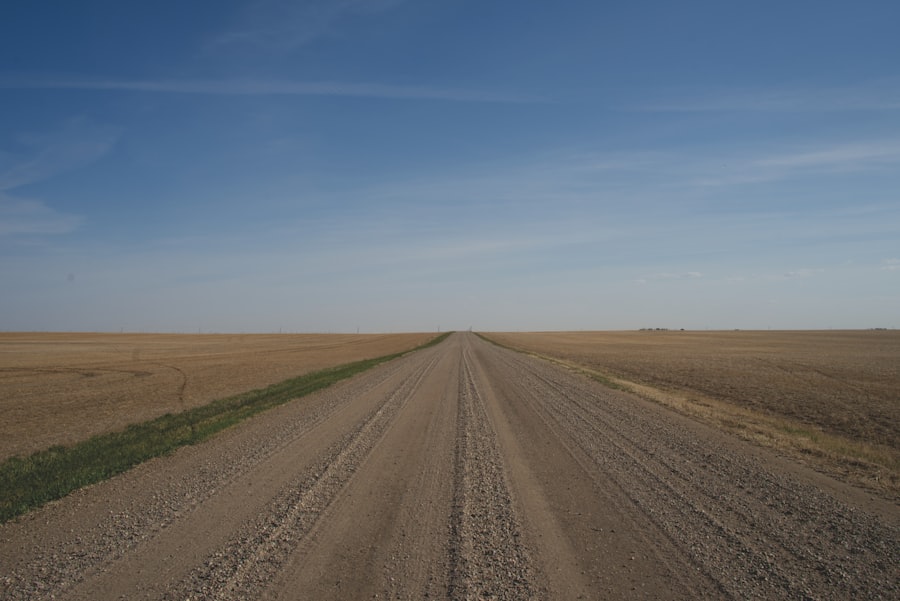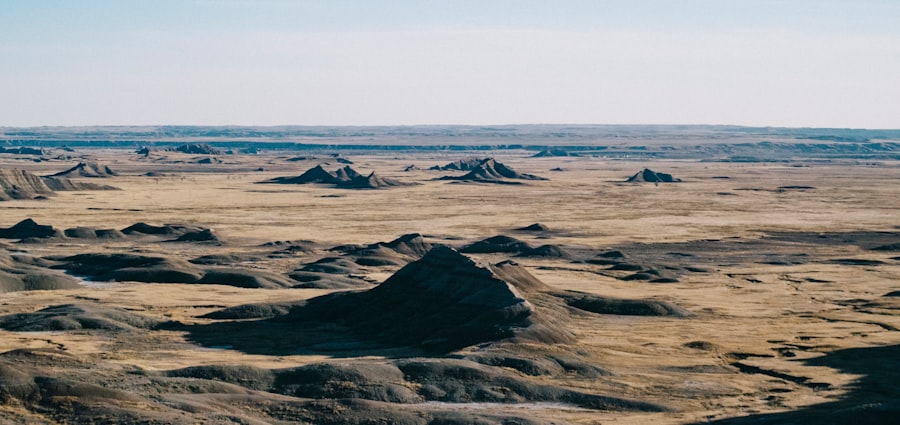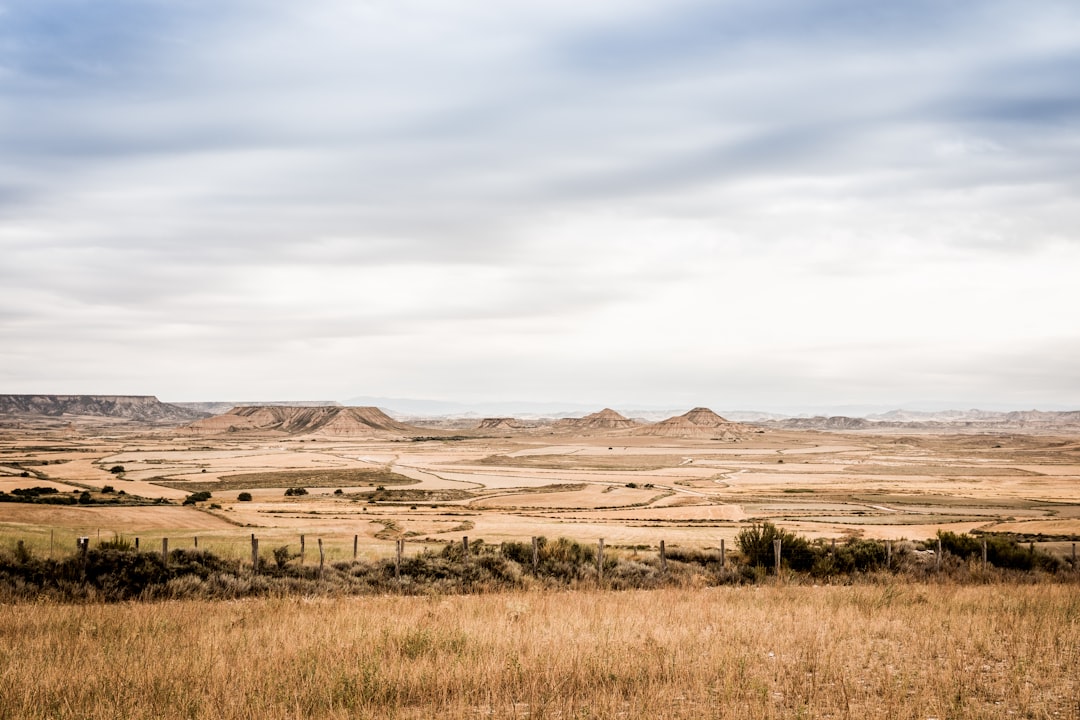The Great Plains, a vast expanse of flatlands stretching across the central United States and parts of Canada, is a region defined by its unique geographical and cultural characteristics. Known for its sweeping prairies, rolling hills, and expansive skies, the Great Plains is a landscape that evokes both awe and introspection.
The Great Plains is not merely a geographical entity; it is a tapestry woven from the threads of history, culture, and natural beauty. The region’s climate is marked by extremes, with hot summers and frigid winters, which have shaped both the land and the people who inhabit it. The Great Plains is home to a variety of ecosystems, from grasslands to wetlands, each supporting a unique array of flora and fauna.
This ecological diversity is complemented by the cultural richness of the area, where indigenous tribes have lived for millennia alongside waves of immigrants who have come seeking opportunity. The Great Plains stands as a testament to resilience and adaptation, embodying both the challenges and rewards of life in a region defined by its contradictions.
Key Takeaways
- The Great Plains region is characterized by its vast open spaces, diverse ecosystems, and unique cultural heritage.
- The paradox of abundance and scarcity in the Great Plains highlights the challenges of managing rich natural resources while facing economic hardships.
- Balancing agricultural productivity with environmental sustainability is a key concern in the Great Plains, where the agricultural powerhouse coexists with environmental challenges.
- The Great Plains is home to a diverse mix of indigenous, immigrant, and settler communities, creating a rich cultural landscape.
- Despite the myth of rugged individualism, the reality of community interdependence is evident in the Great Plains, where cooperation and support are essential for survival.
The paradox of abundance and scarcity: Examining the rich natural resources and economic challenges of the Great Plains
The Great Plains is often viewed through the lens of abundance, particularly when it comes to its natural resources. The region boasts fertile soil that has made it one of the most productive agricultural areas in the world. Crops such as wheat, corn, and soybeans thrive in this environment, contributing significantly to both local economies and national food supplies.
Additionally, the Great Plains is rich in mineral resources, including oil and natural gas, which have fueled economic growth and development in various communities. This wealth of resources paints a picture of prosperity and opportunity. However, this abundance is juxtaposed with significant economic challenges that plague the region.
Many rural communities face issues such as population decline, limited access to healthcare, and inadequate infrastructure. The reliance on agriculture makes these areas particularly vulnerable to fluctuations in market prices and climate change. As farmers grapple with unpredictable weather patterns and shifting consumer demands, the economic stability of the Great Plains hangs in a delicate balance.
This paradox of abundance and scarcity highlights the complexities of life in the region, where natural wealth does not always translate into economic security for its inhabitants.
The agricultural powerhouse and environmental concerns: Balancing agricultural productivity with sustainability

The Great Plains has long been recognized as an agricultural powerhouse, producing a significant portion of the nation’s food supply. The vast fields of wheat and corn are not only vital for local economies but also play a crucial role in global food security. Farmers in this region have developed innovative techniques to maximize yields, employing advanced technology and sustainable practices to enhance productivity.
However, this relentless pursuit of agricultural efficiency has raised pressing environmental concerns that cannot be overlooked. Intensive farming practices have led to soil degradation, loss of biodiversity, and increased water usage, putting immense pressure on the region’s natural resources. The over-reliance on chemical fertilizers and pesticides has also raised alarms about long-term sustainability.
As climate change continues to exacerbate these issues, farmers are increasingly faced with the challenge of balancing productivity with environmental stewardship. Initiatives aimed at promoting sustainable agriculture are gaining traction, encouraging practices such as crop rotation, cover cropping, and reduced tillage. The path forward for the Great Plains lies in finding harmony between agricultural productivity and ecological preservation.
The diverse cultural landscape: Exploring the mix of indigenous, immigrant, and settler communities in the Great Plains
| Community | Population | Percentage of Indigenous People | Percentage of Immigrant Population | Percentage of Settler Population |
|---|---|---|---|---|
| City A | 100,000 | 15% | 20% | 65% |
| City B | 80,000 | 10% | 30% | 60% |
| City C | 120,000 | 20% | 15% | 65% |
The cultural landscape of the Great Plains is as diverse as its geography. Indigenous tribes such as the Lakota, Cheyenne, and Pawnee have inhabited these lands for centuries, their rich traditions and histories deeply intertwined with the environment. Their connection to the land informs their cultural practices, spirituality, and community life.
However, the arrival of European settlers in the 19th century brought significant changes to this cultural tapestry. Immigrants from various backgrounds—Germans, Scandinavians, Italians—sought new opportunities in the fertile plains, contributing their own customs and traditions to the region. This blend of cultures has created a unique social fabric that reflects both resilience and adaptation.
Festivals celebrating indigenous heritage coexist with events honoring immigrant traditions, showcasing the rich diversity that characterizes life in the Great Plains. Yet, this cultural mosaic is not without its challenges; historical injustices faced by indigenous peoples continue to resonate today, prompting ongoing dialogues about land rights, representation, and cultural preservation. The Great Plains stands as a testament to the complexities of cultural identity in America—a place where diverse narratives intersect and shape the collective experience.
The myth of rugged individualism and the reality of community interdependence
The narrative of rugged individualism is often romanticized in American culture, portraying pioneers as self-reliant figures who conquered the wilderness through sheer determination. In the context of the Great Plains, this myth has been perpetuated through literature and folklore, celebrating the spirit of independence that characterized early settlers. However, beneath this veneer lies a more nuanced reality: community interdependence plays a crucial role in the survival and success of individuals within this region.
In many rural communities across the Great Plains, collaboration is essential for addressing common challenges such as economic downturns or natural disasters. Farmers often rely on one another for support during planting and harvest seasons, sharing equipment and labor to ensure that crops are successfully brought to fruition. Local organizations and cooperatives foster a sense of solidarity among residents, emphasizing that collective action can lead to greater resilience in times of need.
This interdependence challenges the notion of rugged individualism by highlighting how community bonds are vital for navigating the complexities of life in the Great Plains.
The changing climate and its impact on the Great Plains: Adapting to extreme weather events and environmental shifts

The Great Plains is increasingly feeling the effects of climate change, with rising temperatures and shifting precipitation patterns posing significant challenges for its inhabitants. Extreme weather events such as droughts, floods, and severe storms have become more frequent and intense in recent years, disrupting agricultural practices and threatening livelihoods. Farmers are finding themselves at a crossroads as they grapple with these environmental shifts while striving to maintain productivity.
Many farmers are exploring innovative techniques such as drought-resistant crops or advanced irrigation systems to mitigate water scarcity. Additionally, community initiatives focused on climate resilience are gaining momentum as residents come together to share knowledge and resources.
These efforts reflect a growing awareness that addressing climate change requires collective action at both local and regional levels. As the Great Plains continues to evolve in response to environmental changes, its inhabitants are learning to navigate uncertainty with creativity and determination.
The economic boom and bust cycle: Understanding the fluctuations in the region’s economy
The economy of the Great Plains has historically been characterized by cycles of boom and bust that reflect broader trends in agriculture and resource extraction. Periods of prosperity often coincide with high commodity prices or favorable weather conditions that boost crop yields. However, these booms can be fleeting; economic downturns frequently follow due to market fluctuations or adverse environmental conditions.
This cyclical nature creates an atmosphere of uncertainty for residents who depend on agriculture or resource-based industries for their livelihoods. During boom times, communities may experience growth in population and investment as new opportunities arise. However, when bust periods hit—often marked by declining prices or crop failures—many residents face financial hardship or are forced to leave their homes in search of better prospects elsewhere.
This cycle not only impacts individual families but also shapes community dynamics as towns struggle to maintain services amid fluctuating populations. Understanding this economic volatility is crucial for developing strategies that promote long-term stability in the Great Plains.
The political landscape: Navigating the conservative and progressive ideologies in the Heartland
The political landscape of the Great Plains is marked by a complex interplay between conservative and progressive ideologies that reflect broader national trends while also being shaped by local issues. Traditionally viewed as a stronghold for conservative values—often rooted in agrarian lifestyles—many communities prioritize issues such as land rights, agricultural policy, and rural development. However, there is also a growing progressive movement advocating for social justice, environmental sustainability, and healthcare access.
This ideological diversity can lead to vibrant debates within communities as residents grapple with differing perspectives on key issues affecting their lives. For instance, discussions around climate change may see farmers advocating for sustainable practices while others prioritize immediate economic concerns tied to traditional farming methods. As younger generations become more engaged in political discourse—often influenced by national movements—the political landscape continues to evolve.
Navigating these complexities requires open dialogue among residents who seek common ground despite their differing beliefs.
The healthcare paradox: Access to medical care and health disparities in rural areas
Access to healthcare remains a pressing concern for many residents of the Great Plains, where rural communities often face significant barriers to receiving adequate medical care. While urban centers may boast advanced healthcare facilities and specialists, rural areas frequently struggle with limited access to services due to geographic isolation and workforce shortages. This paradox highlights a critical issue: despite advancements in medical technology and knowledge, many individuals still find themselves without essential care.
Health disparities are particularly pronounced among marginalized populations within these communities—such as indigenous peoples or low-income families—who may face additional obstacles related to transportation or affordability. Telemedicine has emerged as a potential solution for bridging some gaps; however, it cannot fully replace in-person care for all medical needs. Addressing these healthcare challenges requires innovative approaches that prioritize accessibility while also considering cultural sensitivities unique to each community within the Great Plains.
The educational challenges and opportunities in the Great Plains
Education plays a vital role in shaping the future of communities across the Great Plains; however, it is not without its challenges. Many rural schools face difficulties related to funding shortages, teacher recruitment, and retention—issues exacerbated by declining populations in some areas. As schools struggle to maintain quality education amid these constraints, students may miss out on opportunities that could enhance their prospects for success.
Despite these challenges, there are also opportunities for innovation within education systems across the region. Community partnerships can foster creative solutions that leverage local resources while engaging students in hands-on learning experiences tied to agriculture or environmental stewardship. Additionally, initiatives aimed at promoting STEM education are gaining traction as educators recognize the importance of preparing students for careers in emerging fields related to technology or sustainability.
By embracing these opportunities while addressing existing barriers, communities can work toward building a brighter future for their youth.
Embracing the complexities and contradictions of the Great Plains region
The Great Plains region embodies a rich tapestry woven from diverse threads—each representing unique stories shaped by history, culture, environment, economy, politics, health care access, education—and more. It stands at a crossroads where abundance meets scarcity; where individualism coexists with interdependence; where tradition grapples with innovation; where challenges inspire resilience. As residents navigate these complexities—embracing both contradictions and opportunities—they contribute to an evolving narrative that reflects not only their shared experiences but also their aspirations for future generations living within this remarkable landscape known as home: The Great Plains.
The Great Plains Paradox refers to the intriguing phenomenon where regions in the Great Plains, despite having abundant natural resources and agricultural potential, often experience economic challenges and population decline. This paradox is explored in depth in various studies and articles that analyze the socio-economic dynamics of the area. For a comprehensive understanding of this topic, you can refer to an insightful article on MyGeoQuest, which delves into the historical and environmental factors contributing to this paradox. To read more about it, visit this article on MyGeoQuest.
WATCH NOW! Why America’s Heartland Is Disappearing Fast
FAQs
What is the Great Plains Paradox?
The Great Plains Paradox refers to the region’s economic success and population decline. Despite having a strong economy and low unemployment rates, the Great Plains region has experienced a decrease in population over the years.
What states are included in the Great Plains region?
The Great Plains region includes states such as North Dakota, South Dakota, Nebraska, Kansas, Oklahoma, Texas, Montana, Wyoming, Colorado, and New Mexico.
What are the factors contributing to the Great Plains Paradox?
Factors contributing to the Great Plains Paradox include a lack of amenities and entertainment options, harsh weather conditions, limited job opportunities for certain industries, and a decline in rural communities.
How has the Great Plains region’s economy performed in recent years?
The Great Plains region has seen a strong economy with low unemployment rates, particularly in industries such as agriculture, energy, and manufacturing.
What are some potential solutions to the Great Plains Paradox?
Potential solutions to the Great Plains Paradox include investing in infrastructure and amenities, promoting entrepreneurship and innovation, and attracting and retaining a skilled workforce. Additionally, efforts to revitalize rural communities and improve quality of life may help address the population decline in the region.
